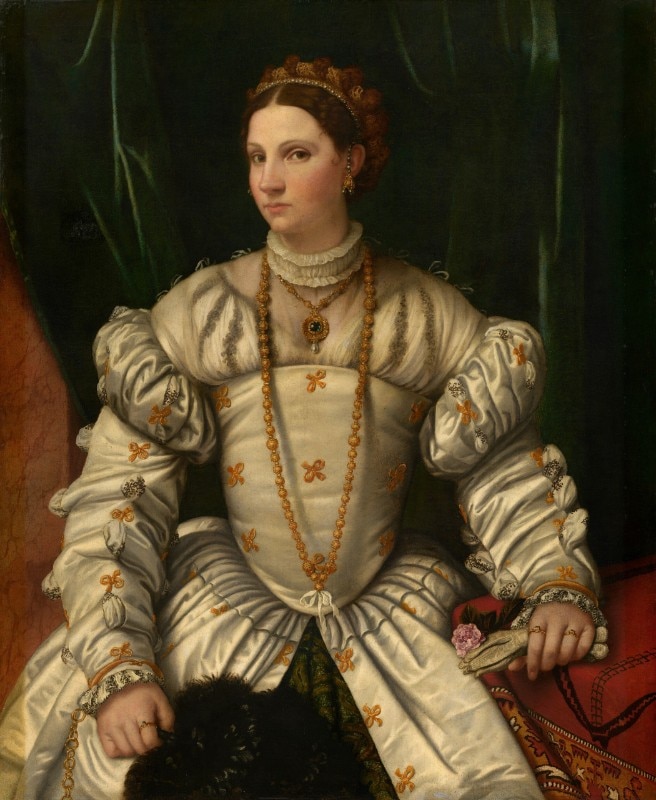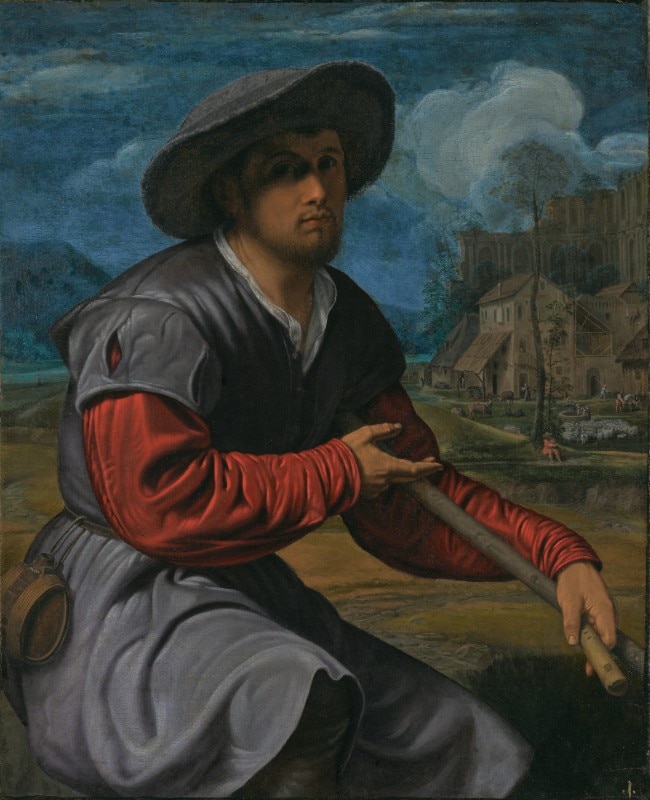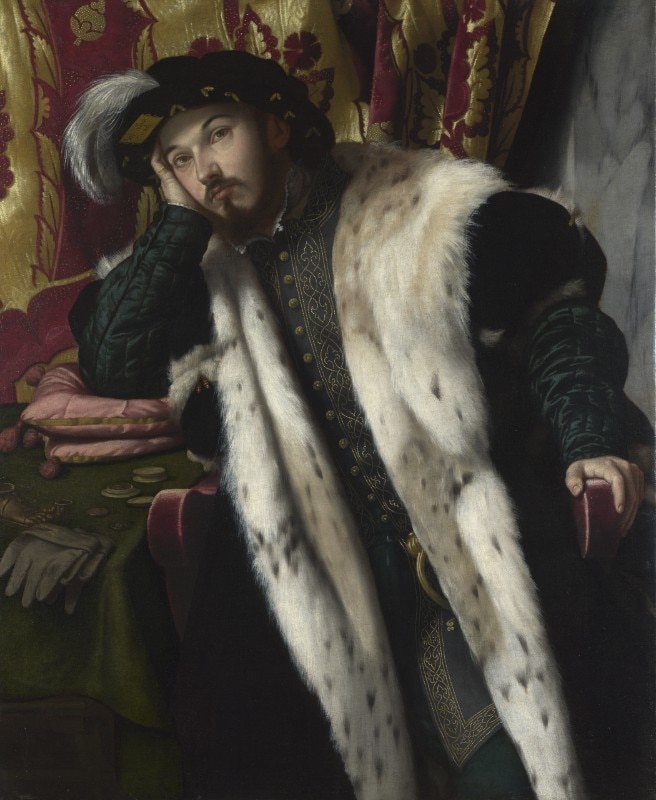For autumn 2024, the halls of the Santa Giulia Museum in Brescia will be welcoming an exhibition of extreme significance: “The Renaissance in Brescia. Moretto, Romanino, Savoldo 1512-1552”, taking place from 18 October 2024 to 16 February 2025. Far from being a simple collection of masterpieces, it aims to offer a profound and articulated study of a crucial period in history for the Lombardy city.
The 16th century in Brescia was not only the golden age for Moretto, Romanino and Savoldo, but also a period of significant social, cultural and political transformation. The rich and fascinating exhibition aims to express the complexity and vivacity of the many representatives of this Renaissance.

The point of view will therefore focus on emblematic figures such as Fortunato Martinengo, the Brescian nobleman portrayed by Moretto in the painting held at the National Gallery of London, the bride and groom Eleonora Gonzaga and Gerolamo Martinengo, or Angela Merici, the protagonist of a women’s “revolution”.

These three artists, each so different from the others, represent the various aspects of the Brescian Renaissance: the classic idealism of Moretto, the spiritual unrest of Romanino and the Luminist style of Savoldo.
As the exhibition unwinds, notable objects emerge from among the paintings: musical instruments, tapestries, armour, majolica, fragments of a world that is lost but not forgotten.
This is no sterile catalogue of works, but rather a choral story, where poetry, nature, music, love, faith and desire are interwoven to form a thrilling plot. It is the story of a city that combined light and darkness to create timeless masterpieces. An astounding Renaissance, an era of artistic splendour and profound transformation.
Opening image: Alessandro Bonvicino il Moretto, Fortunato Martinengo, c. 1540-1545. Oil on canvas, 114 × 94.4 cm. London, National Gallery










